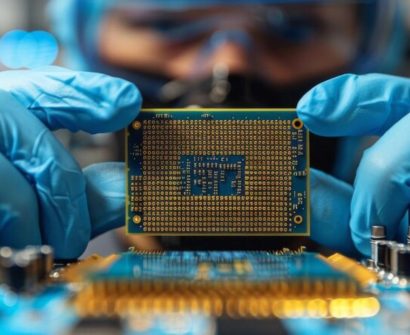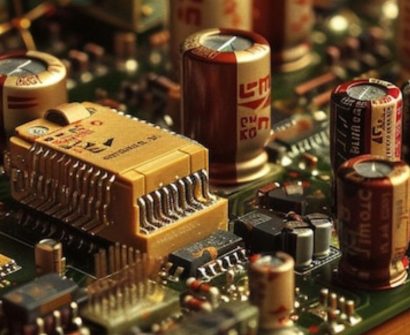5 Crucial Steps to Forge a Successful Career in VLSI/Semiconductor Industry

In the pursuit of a fulfilling career in the VLSI/Semiconductor industry, individuals often face a myriad of questions. Drawing from personal experience, here are five comprehensive steps to guide you through building a successful career in this dynamic field.
Step 1: Concept Building + Basic Knowledge
Establishing a strong foundation in the fundamentals is paramount. Whether from an Electronics or Computer Science background, delve into key topics:
- CMOS Design:
- Understand functionality, characteristics, and the design process.
- Explore CMOS capacitance, resistance, stick diagrams, and fabrication processes.
- Flip-flops:
- Master the functionality of edge and level-triggered flip-flops/latches.
- Timing Concepts:
- Grasp setup/hold/recovery/removal concepts and different clock-related aspects.
- Combinational Circuits:
- Dive into delay concepts, propagation delay, transition delay, and building circuits with various gates.
- Programming/Scripting Knowledge:
- Familiarize yourself with VHDL/Verilog, Perl/TCL scripting, and UNIX-based scripting.
- C/C++ programming is valuable for entering the development of EDA tools.
Step 2: Short-Term Courses/Certifications
Consider taking short-term courses or certifications during or after your engineering degree:
- Online Resources:
- Leverage online platforms, books, and internet resources for self-learning.
- Institutes:
- Explore reputable institutes offering certificate courses (e.g., C-DAC) for in-depth knowledge.
Step 3: Pursue a Master’s Degree
For those with an engineering degree and a foundation in Steps 1 and 2, a specialized Master’s program could be the next step:
- VLSI Specialized Programs:
- Enroll in MS/Mtech programs focusing on VLSI design flow and EDA tools.
- Universities like IIT Delhi, IIT Kharagpur, BITS Pilani, and others offer specialized courses.
Step 4: Internship/Project Trainee
Gain hands-on experience through internships or project trainee positions:
- Live Projects:
- Work on real-time projects during internships to showcase practical skills.
- Evaluate potential employers as they evaluate your problem-solving abilities.
Step 5: Persistence and Patience
Success in the VLSI industry often requires resilience:
- Continuous Effort:
- Keep refining your skills and knowledge.
- Learn from setbacks and adapt your approach.
- Attitude Matters:
- Demonstrate a positive and dedicated attitude through projects and experiences.
Remember, success is a journey, and setbacks are opportunities for growth. Each step builds on the other, and with dedication, passion, and continuous learning, entering the VLSI field is not only achievable but also immensely rewarding.
Conclusion:
Building a career in the VLSI/Semiconductor industry requires a combination of strong fundamentals, specialized knowledge, practical experience, and unwavering perseverance. Embrace the challenges, stay focused, and keep honing your skills to carve a successful path in this dynamic and evolving field.
To know more about VLSI Course , SuccessBridge VLSI training institute. You can begin your VLSI career by enrolling in the placement-assisted live courses available at SuccessBridge We offer various VLSI online courses. We offer VLSI Physical Design course, Design Verification course, DFT Training,Chip design course many more. Explore VLSI Courses From The Leaders In VLSI Training
Also Read: A Walkthrough VLSI Physical Design Engineer Salary In India.






